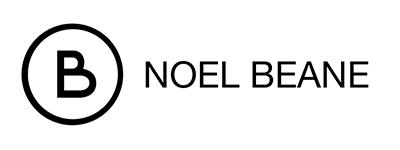Case Study: Entity Design System for ClaimSearch

Verisk Analytics
Sr. Manager UX/UI Design
2014 – 2021
The benefits of a design system is measured in time and cost across multiple workflows.
Productivity
34%
increase in design productivity
Conversion
94%
of a user’s first impressions are design related
Retention
88%
of users are less likely to return after a bad experience
Design Systems: Delivering Design that Scales
Summary
Design Systems go beyond just patterns and components—they’re the key to consistently delivering and strengthening the design promise we make to our customers.
Opportunity
The ClaimSearch application suite brings together 10 powerful tools designed to tackle risk and fraud in the insurance claims world. It’s the go-to solution for claims adjusters, investigators, law enforcement, and insurance decision-makers. With such a diverse audience, we knew a unified design system was key to creating a consistent, trustworthy experience. By aligning everything under one design framework, we’ve delivered a seamless, professional interface that strengthens our promise of partnership and collaboration.
Challenges
When I first started, the biggest hurdles were navigating siloed environments and tackling unstructured branding and user experiences. On top of that, I had to deal with outdated tech—multiple frameworks, platforms, and code bases—and an interface untouched for over 20 years. Shifting to a customer-first mindset and adopting design thinking became the game-changer we needed.



Outcome
Creating a unified design system was a game-changer for our team. By prioritizing customer-first, design-thinking principles, we embraced collaboration at every level—whether through in-person customer visits, internal team brainstorming, or user group discussions. This approach helped us uncover real pain points and actionable insights, fueling the growth of our pattern library and strengthening our design promise.
We shifted to designing directly in the browser, ditching traditional design reviews for rapid prototyping based on a single global CSS. This streamlined process allowed us to make quick adjustments, speed up implementation, and deliver scalable, user-tested designs aligned with Agile workflows. Tools like Pattern Lab and Figma libraries further enhanced our efficiency.
The results? Faster UX enhancements, proactive research, and continuous collaboration with customers and teams. This partnership mindset not only boosted satisfaction but also drove measurable business success. It’s proof that a well-executed design system isn’t just about consistency—it’s about creating real impact.
The Transformation of ClaimSearch UX Design

The workflow was very successful and as the enhancements began to reach production environments, we were able to pivot the team to more proactive research and exploratory development. Experimenting with the latest JS packages for new features. Engage in direct collaborative exercises with customers and user testing. Build and test in an Agile or Lean workflow. With this architecture the team was able to output new UX enhancements in design sprints and maintain tested readiness of new components ahead of development.

These collaborative interactions with both customers and internal teams helped to build a sense of partnership with customers who use the product and the teams that build the product. The overall sentiment from external and internal feedback was positive and could be measured not only in customer and employee satisfaction but also in the bottom line of profitability.
Key Take Aways
Deliverables for a successful design system:
- Design thinking and collaboration
- Customer Feedback and Communication
- Design Promise
- Styleguide and documentation
- Components library
- Scalable and modular design architecture

